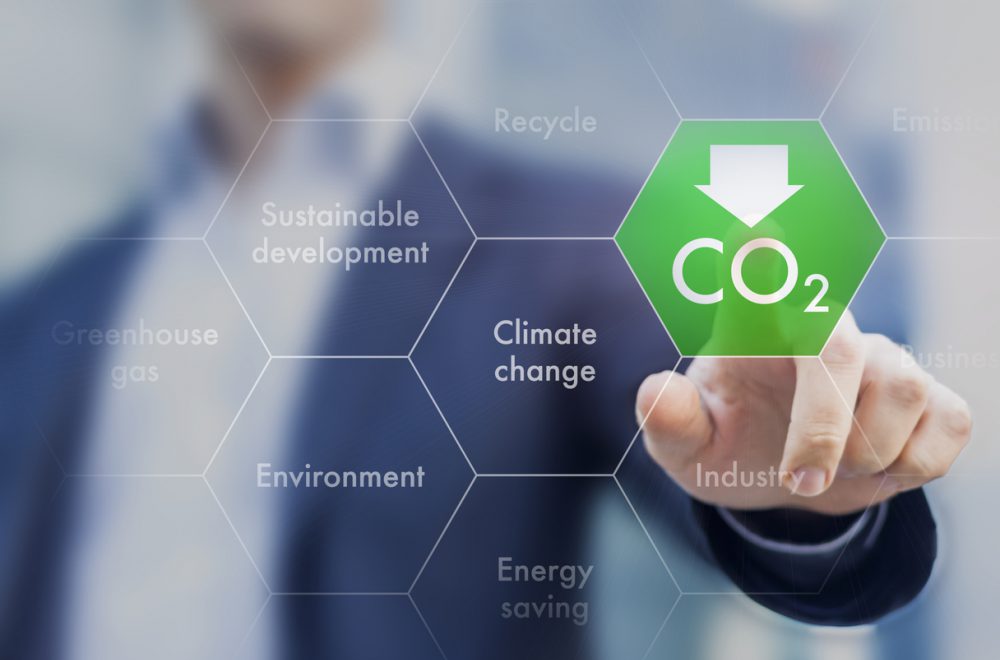
Integrated services provider Downer has set an ambitious long-term greenhouse gas emission reduction target in its 2019 Sustainability Report.
The target aligns with the 2015 Paris Agreement goals to pursue efforts to limit the temperature increase to 1.5°C by the end of the century.
In the report, the Group acknowledged that “climate change mitigation is a shared responsibility” and that “organisations need to play their part by developing emissions reduction targets that align to the latest science”.
Downer CEO and managing director Grant Fenn said climate-related disclosures were a key milestone this year.
“Our climate-related disclosures implement the recommendations of the Task Force on Climate-related Financial Disclosures (TCFD),” he said. “A particular focus was on scenario analysis to test Downer’s portfolio, the resilience of our strategy and the assumptions associated with the relevant climate futures, both physical and transitional.”
Downer employed approximately 53,000 people and generated $13.4 billion in revenue in the 2019 financial year.
“With our services impacting so many lives, the sustainability of our operations is paramount,” said Fenn. “Our commitment to sustainability is consistently recognised by leading independent ESG rating agencies, who regularly award Downer high scores for sustainability performance.”
Spotless division
In the FY19, Spotless won multiple sustainability awards from customers it provides services for, including Melbourne Cricket Club’s Environmental and Sustainability and Contractor of the Year, and Taronga Zoo’s Conservation Society Silver Shovels Gala Outstanding Environment Initiative, as well as winning Western Australia WorkSafe Plan’s Platinum Certificate of Achievement.
Spotless also invested 12 months and $362,000 to reduce risks associated with suspended laundry in its industrial laundry operations.
Most laundry facilities use overhead bags on a rail system to move linen through the laundry process. While Spotless has not experienced a bag falling off the conveyor, it is a risk that industrial laundry operations face. The measures Spotless implemented to manage this risk include steel mesh guarding underneath the conveyors, netting underneath the conveyors, barricades and exclusion and restriction zones.
“Zero Harm is always front of mind across our laundries operations and we were pleased to roll out this program to further ensure the safety of our employees,” executive general manager of Spotless’ Laundries business, Harley Oaten, said.
Spotless also reduced energy consumption at Sydney’s International Convention Centre (ICC) and Queensland’s South Bank TAFE.
It’s estimated that 40-52 per cent of total energy consumption in commercial buildings comes from heating, ventilation and air-conditioning (HVAC) systems.
“In most traditional buildings, air-conditioning is set to core operating hours, regardless of how they are being used,” Spotless’ Energy and ESD Manager at ICC Sydney, Mei McNamara, said. “We recognised an opportunity to drive greater energy efficiency in air temperature control.
“Through the graphical interface Building Management System we can schedule air-conditioning in specific areas as required and adjust the temperature for each individual space.”
Through this initiative, there has been a reported electricity saving of 30 per cent on top of the benchmarked target.
To read the full report click here.
Comment below to have your say on this story.
If you have a news story or tip-off, get in touch at info@13.238.154.125.
Sign up to INCLEAN NZ’s newsletter.